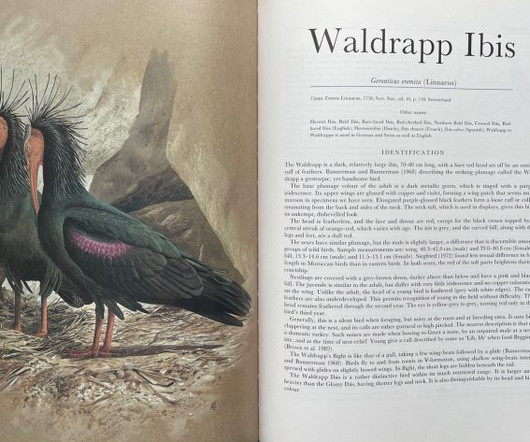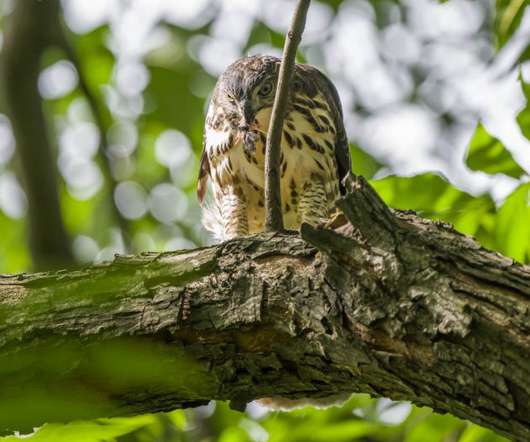The return of the Old Man
10,000 Birds
FEBRUARY 23, 2024
There’s no information as to when these European colonies died out, but we do know that it was a long time ago. On a visit in October 2022, I found ibises feeding with cattle in scruffy roadside paddocks adjacent to the marismas ( photographs below ). Sadly, they no longer breed in Algeria, while in Turkey no free-flying birds remain.












Let's personalize your content